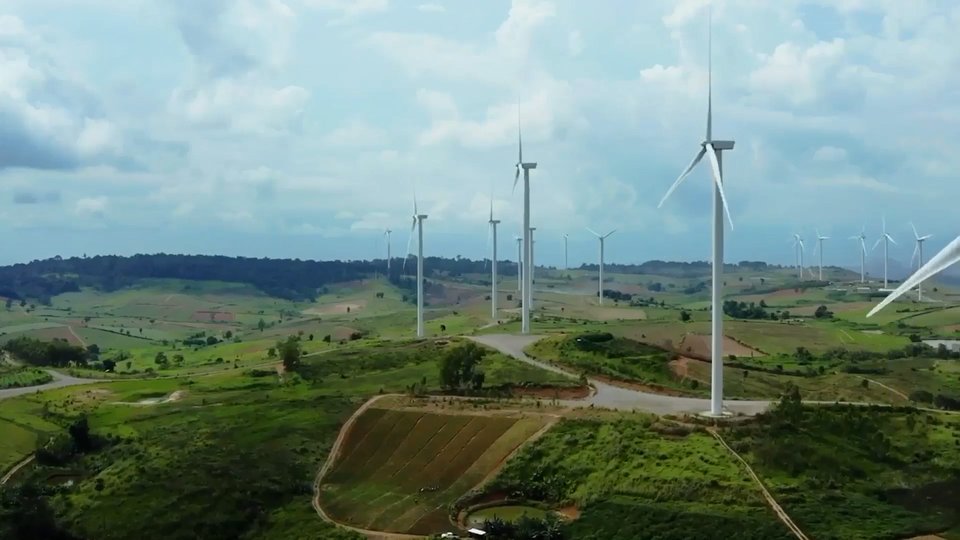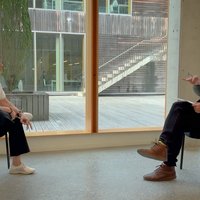Aitziber Sarobe: "If we want to protect the cork we have to reserve the area"
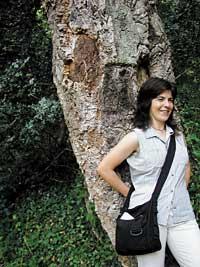
Because in the Cantabrian Cornice appears in very few places, that is what makes special. As for the Basque Country, there are small towns in the north, in the surroundings of Baiona and Biarritz. In Bizkaia there are also some, but they are probably planted.
There are quite a few between Getaria and Zarautz: About Gárate, in Santa Bárbara... In the park of Vista Alegre there are also about 80 specimens, which are not planted, but are found before the construction of the park. The corks extend to Orio, but most are here. The cork oak is mainly made with the madroño and the oak, as well as boredom and art, and so it appears here.
Being so scarce in the Cantabrian, how is it here?It is curious that the cork oak is here, since in reality the climate is Mediterranean. It needs a dry climate and a land rich in silicon to live, so it is very widespread in the south peninsular and in North Africa. That is their place. On the Cantabrian shore, on the other hand, we find other conditions: the oceanic climate and limestone dominate the earth.
On this coast, however, a special microclimate is generated with relatively mild temperatures and, in addition, in some areas the earth is rich in silicon. Therefore, the cork oak has found its place in these areas and has been adapted perfectly.
However, we still do not know if the cork oak was brought here or in a time that has always existed. According to the first hypothesis, in ancient times the climate was more temperate and the cork covering the entire coast, so these groves are a trace of a wider expansion. Others believe that for its usefulness it was brought and planted by the south, and that later it has been maintained because it was used. There are reasons in favor and against both hypotheses, and the palinographic studies carried out have failed to clarify anything.
What did they use it for?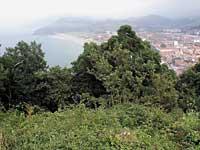
XVII. Thanks to some documents of the twentieth century we know that at that time the wood of the cork oak was used in shipbuilding. It seems that it has the ideal wood for it and is very good to make fire, since it lasts a long time in the fire.
However, no references to cork have been found. Nowhere have we read that the cork was removed from the cork to make the plugs and we have found no indication of it. In Portugal the cork industry is very important.
On the other hand, in Andalusia and Extremadura the corks are part of the dehesa and the acorn of alcornoque serves for the breeding of pigs. Here, however, it does not seem to be used for it, since the oak and the art were abundant and the pigs ate their acorn.
Yes, there is a custom that has been maintained to date: At Christmas people take cork to adorn the birth. And this custom has done great damage to the cork oak because they do it anyway. If the cork is properly removed, the tree does not suffer, but if any instrument is taken and extracted in this way, there is a great risk of wounding the skin. Afterwards, it is very easy to introduce fungi or parasites due to this wound and, therefore, to make the tree sick.
However, it seems that people now make fewer natives because they buy or replace Olentzero, which makes them not damaged as much as before the cork trees.
In addition, it is now protected, isn't it? What are the protective measures?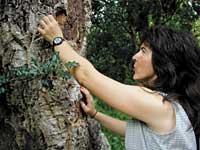
Yes, it is protected. To begin with, this tree is cataloged. This is a work already done, so we know, at least, how many and where they are. Subsequently, in 1990, the Basque Government decided to support him for the scarcity of them and for their high cultural and ecological value.
When protected can not be cut, the cork can not be removed in any way... However, people don't know the cork oak too much, it doesn't seem eye-catching or special and that's why it leaves it in peace. No more.
And do you have enemies?Unfortunately yes. His biggest enemy is now the grape. At this time the txakoli has become a good business and the best place to plant the grape is the area of cork oak. And that's the problem.
In my opinion, and this is also an opinion of Arkamurka, it is not legal to rely on baserritarra responsibility to protect cork oak. It is understandable that the baserritarra attempts to make the most of its lands. To him it does not seem fair that the neighbor of the adjoining hamlet can put all the grapes without problems, and he has no right to it because in his lands there is a cork oak. That's why you have to help.
In this sense, we see it opportune that when someone fails to comply with the law, the penalty is not in money, but is forced to somehow repair the damage that has caused nature. This was done a few years ago. Then, a peasant threw more than a hundred cork trees to introduce the grapes. The complaint was filed and in the trial it was determined that it should plant as many corks as it had been thrown. Until there well. But the truth is that he cheated: he planted cork oak trees, but placed them in a smaller place than the one they used to occupy. Therefore, there the cork oak has lost its place.
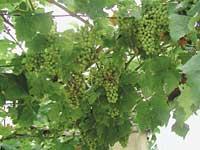
You can always do something. To begin with, people just want what they know, so one of Arkamurka's goals is to make known to the public the cork oak.
Knowing that it is a tree of great value, it will be easier to care for everyone. It is also important that people are in favor of taking protective measures. We should also mention the work of forest rangers, who care for them closely and one in one.
In any case, in my opinion, it is not a matter of protecting the cork oak itself, but of preserving and protecting its space. Otherwise, if you take away what surrounds you, there is a sort of living museum.
In this sense, I see with good eyes the efforts being made to designate a place of community interest. This is a new figure created by the European Union, in which small ecosystems are included. It is very appropriate for this type of spaces, since they are too small to be natural parks, but they deserve protection. The Basque Government has made the proposal and I do not know if Europe has already approved it, but at least the request is made. With this it would be integrated in the Natura 2000 Network thus ensuring the protection of the entire space.
In addition, it is planned to plant and recover in nearby areas where there is currently no cork oak. And that is the way: it is not enough to protect the tree itself, you have to reserve the area.
Departure of the work carried out in 1988 by the students of 8 of the ikastola Salbatore Mitxelena
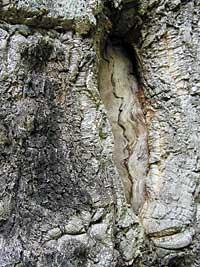
Buletina
Bidali zure helbide elektronikoa eta jaso asteroko buletina zure sarrera-ontzian



